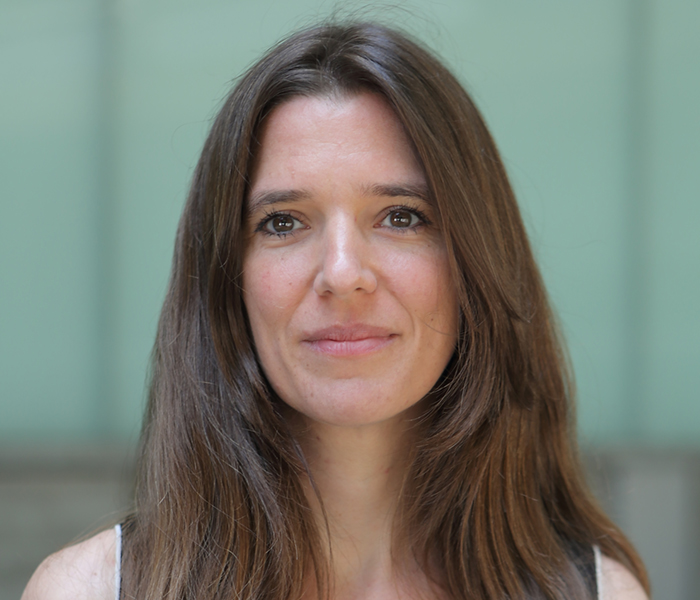Eva is a Spanish scientist who studied her PhD at the Institute for Research in Biomedicine (IRB Barcelona), Spain, before taking up a three-year postdoc position at the Massachusetts Institute of Technology (MIT) and Broad Institute of MIT and Harvard in Boston, USA, first as an EMBO Fellow and then as a HSFP Fellow. Then she moved to the Garvan Institute of Medical Research in Sydney, Australia where she undertook a Senior Postdoctoral position, before becoming group leader in the same institute.
A current major challenge in biology is to understand how gene expression is regulated with surgical precision in a tissue-dependent, spatial and temporal dimension. Historically, genome-wide studies of gene expression have typically measured mRNA abundance rather than protein synthesis, in large part because such data are much easier to obtain. However, the correlation between mRNA levels and protein abundance are very low, suggesting that transcriptional regulation alone is not sufficient to unveil the complex orchestration of gene expression. In the last few decades, the scientific community has started to acknowledge the pivotal role that post-transcriptional regulatory mechanisms play in gene expression, however, scientists are still far from understanding how gene expression is finely tuned and regulated across tissues and conditions, suggesting that there are missing variables in the equation.
In Eva’s lab, they are employing a combination of experimental and computational techniques, to unveil the secrets of three post-transcriptional regulatory layers: the epitranscriptome, RNA structure and ribosome specialization.


